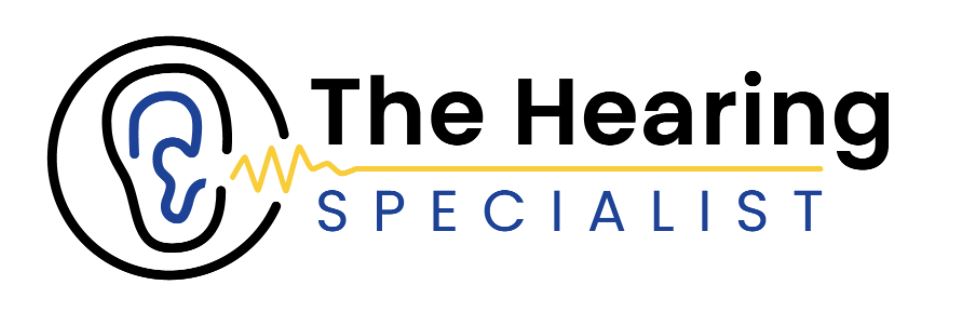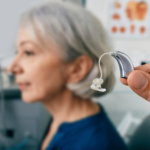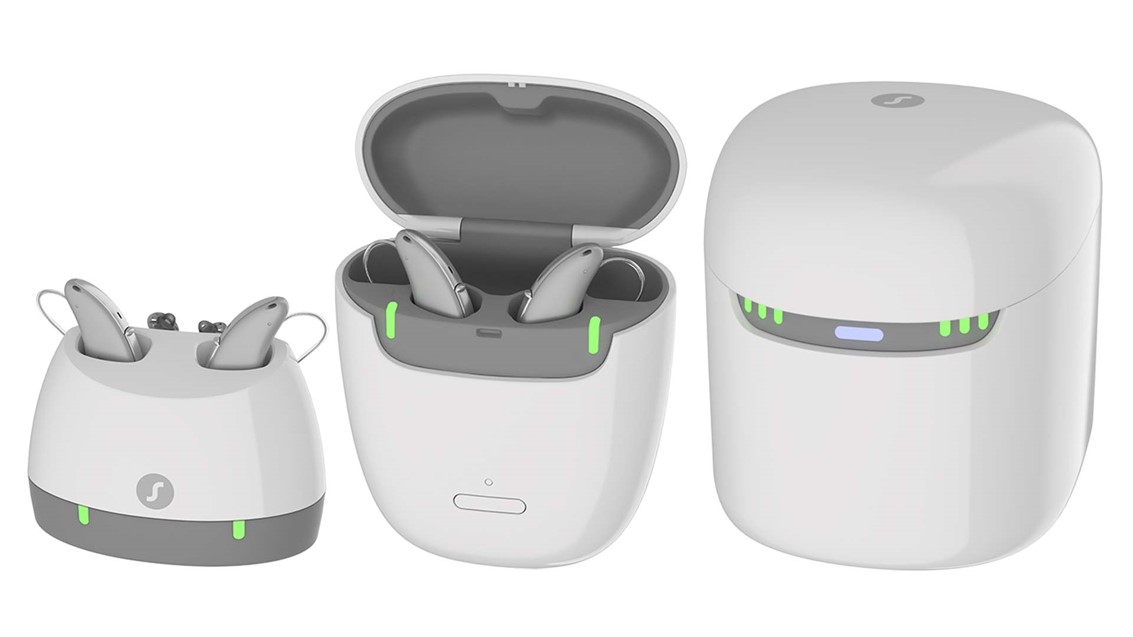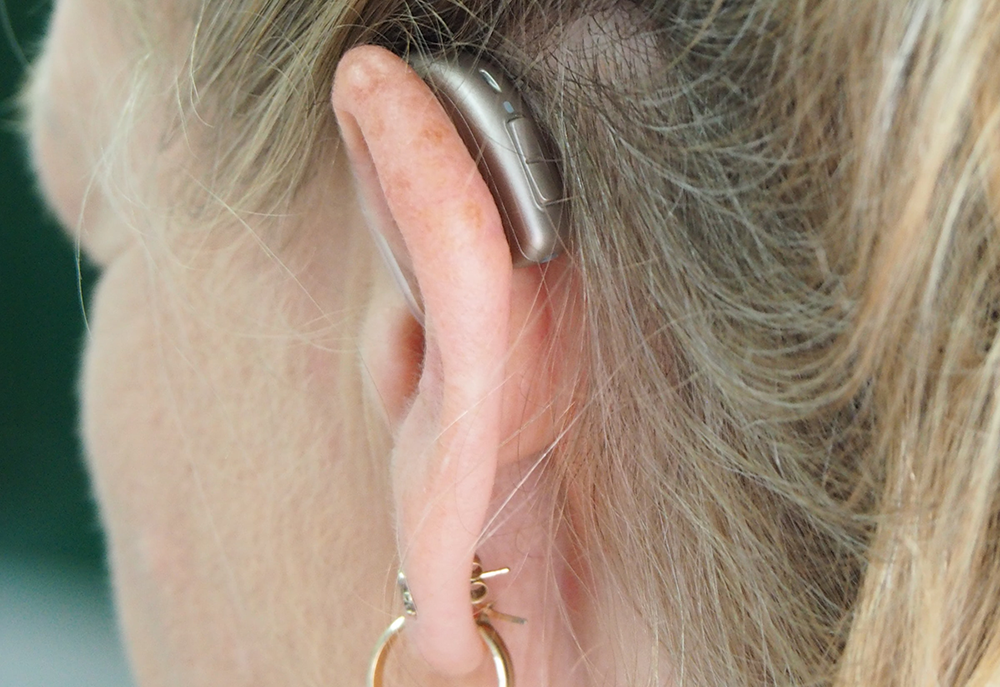
Hearing aids are a significant investment in your health and overall quality of life – so taking good care of them is crucial.
Whilst high-quality hearing aids are relatively robust and can withstand the daily wear and tear of everyday life, keeping them in top condition will ensure that they continue to support you for many years to come.
After all, nobody wants the hassle or financial implications of having to replace their hearing aids due to poor care, so there are a few things that can be done to maximise their longevity.
In this blog, we will cover:
- How to clean your hearing aids
- How to protect your hearing aids
- When your hearing aid is not in use
- When to change hearing aid batteries
- Hearing aid maintenance – BTE hearing aids
- Hearing aid maintenance – RIC/OTE hearing aids
- Hearing aid maintenance – CIC/ITC/ITE hearing aids
- Worried about the health of your hearing aids?
How to clean your hearing aids
When it comes to maintaining your hearing aids, think of it as you would with brushing your teeth. Cleaning your hearing aids daily is recommended to remove and prevent the build up of any dirt.
Consider making this a part of your night time routine, and clean your devices after taking them out at night – ready to be worn the next day.
To clean your hearing aids, you should:
- Always wash your hands before cleaning your hearing aids.
- Use a small brush (such as a toothbrush), to gently remove any ear wax or dirt from the holes in the device.
- Clean the hearing aid with a specially formulated hearing aid cleanser/wipe – never use toxic cleaning chemicals.
- Wipe the device with a clean, dry cloth once finished.
- Allow your hearing aids to dry out completely before placing them back in your ear.
Those are the general rules to follow, but there are certain cleaning methods suitable for the different types of hearing aid devices, which we’ll discuss in-depth further on in the blog.
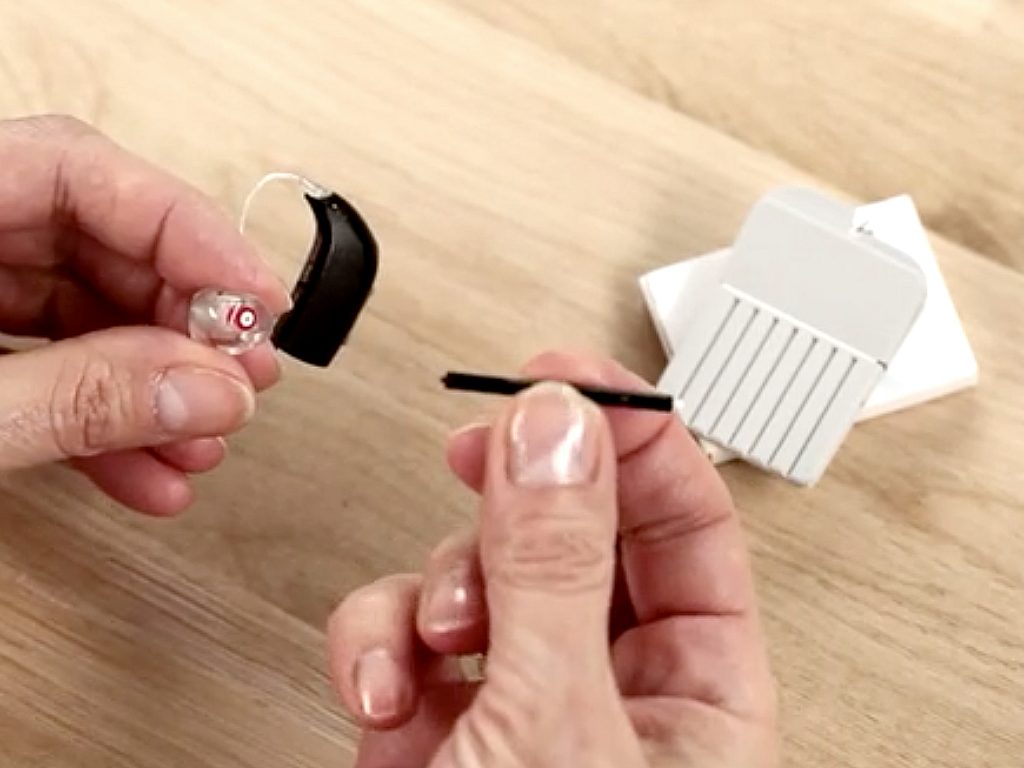
How to protect your hearing aids
You might wear your hearing aids every day, but do you really know how to keep them protected?
Despite being a very small device sitting comfortably in your ear, as with any technology, hearing aids are susceptible to long-term damage should they not be cared for correctly.
There are a few things that should be avoided or considered when looking after your hearing aids:
- Never submerge your hearing aids in water, and always remove them before showering or swimming.
- Avoid contact with creams, perfumes and hairspray – consider leaving them out until your daily skincare & hair care routines are complete.
- Be sure to place your hearing aids on a towel when laying them down on a hard surface, to protect them from damage.
- Avoid exposing your hearing aids to extreme hot or cold temperatures, and leave them in a safe space if possible.
- Never use sharp objects to remove wax or dirt from your hearing aids.
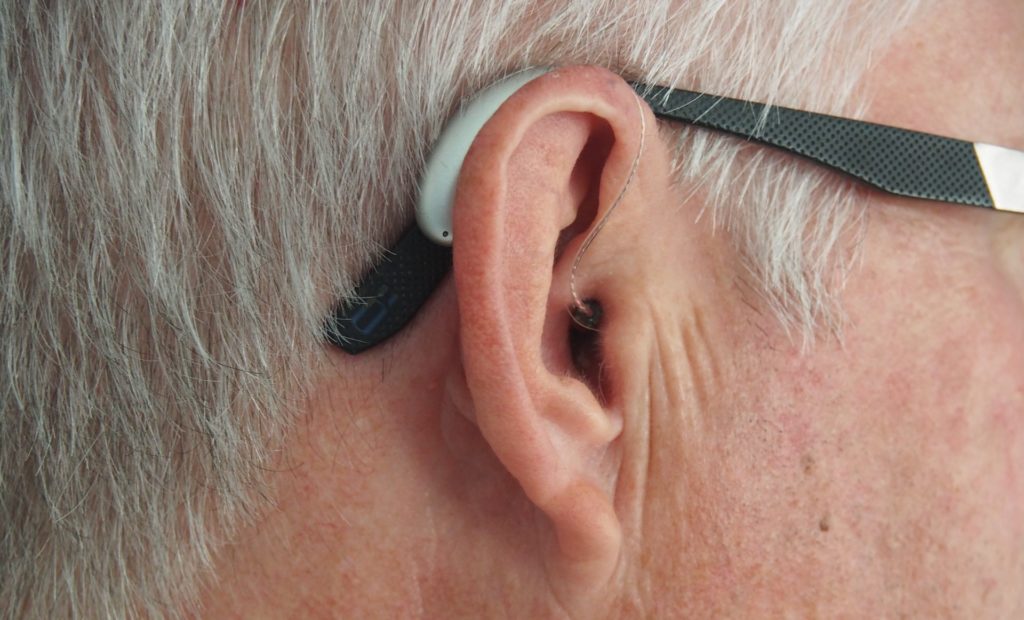
What do I do when I’m not using my hearing aids?
Even if all you are doing is removing your hearing aids for a short while, like overnight or on a weekend where you will not be needing them, you should follow the advice provided below:
- Switch off your hearing aids when you aren’t using them
- Open the battery compartment door to avoid running your battery down
- Place your hearing aids in the box they came in and store them somewhere safe
- Keep your hearing aids out of direct sunlight and store them in a cool, dry place.
- Make sure your hearing aids are not within reach of children or pets
- If you don’t need your hearing aids for much longer periods of time it is important to remove its battery completely.
When should I change my hearing aid’s batteries?
Usually you would be required to replace the batteries to your hearing aids every 1-3 weeks depending on the level of usage. This can differ from person to person however, so keep in mind the more you use them the quicker you will need to replace those batteries.
If you’re unsure about how you can change or replace the batteries to your hearing aids, either revert to the information booklet provided with your hearing aids or contact us directly and we can provide support and advice on this.
The following are some important factors to consider about hearing aid batteries:
- In order to preserve the lifespan of your batteries, make sure you open the battery compartment door when you are not using your hearing aids.
- Make sure you are purchasing and using the right sized battery suited for your hearing aids. You can find more information about this on the battery pack provided.
- Be careful not to force the battery door open or shut. You can run the risk of breaking the hearing aid. If the door doesn’t close properly, check that you have inserted the batteries correctly and if the batteries are the right fit for your hearing aids.
- Once you’ve changed your batteries, make sure to dispose of your old, unwanted batteries as soon as possible.
- Make sure you only remove the protective tab immediately before fitting a new battery.
- Always keep spare batteries around and close to hand. You definitely don’t want to run out of power when you need them the most!
Alternatively, you could invest in rechargeable hearing aids. If you would like to learn more about this, please visit our hearing aid pricing page for more information.
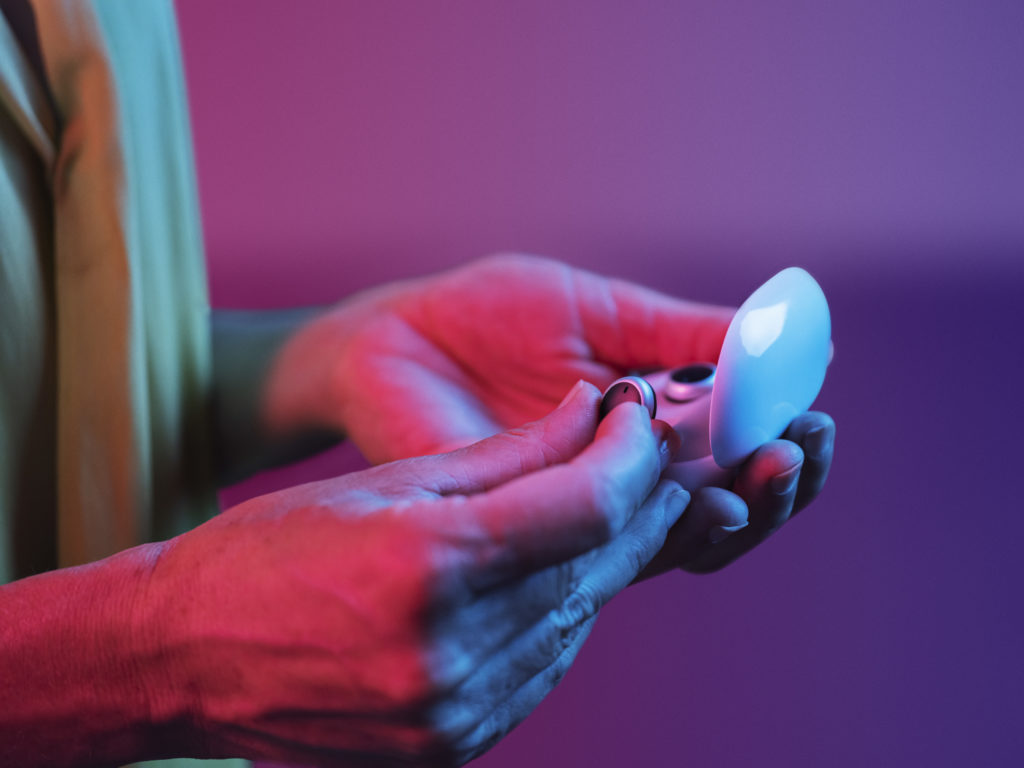
Hearing mid maintenance – BTE hearing aids
Behind-the-ear (BTE) hearing aids sit on top of, or behind the ear. The device is joined by a tube which sends the sound down into the ear canal.
As a number of different elements make up the device, proper care and consideration should be taken to ensure thorough cleaning and reassembly.
How to clean a BTE hearing aid:
- Remove the mould and outer tubing, and clean them with a damp towel soaked in soapy, lukewarm water.
- Use a dry, soft cloth to clean the main body of the hearing aid.
- Allow each piece of the device to dry fully before re-assembling, taking extra care to avoid the tubing becoming twisted.
Hearing aid maintenance – RIC hearing aids
Receiver-in-Canal (RIC) hearing aids are small, discreet devices which sit partially behind the ear, connected to a thin wire which holds the receiver in the ear canal.
How to clean a RIC hearing aid:
- Carefully remove wax or dirt using a gentle brush every day.
- If the wax filter becomes clogged, this should be changed with instruction from your audiologist.
- Use a soft, dry cloth to clean the main body of the hearing aid.
How do I maintain my hearing aids?
It is important to regularly care for your hearing aids. You can do this by following these simple steps:
- Remove earwax or potential debris regularly. You can contact us if you are unsure on how to do this correctly.
- Replacing the wax filter (if you have one fitted) if and when it becomes clogged. If your ear bud becomes hard or damaged, it is also a sign you will need to replace the tubing or filter.
- Use a soft cloth to clean the main body of your hearing aid.
- Avoid using solvents or cleaning fluids.
- Never place your hearing aids in water.
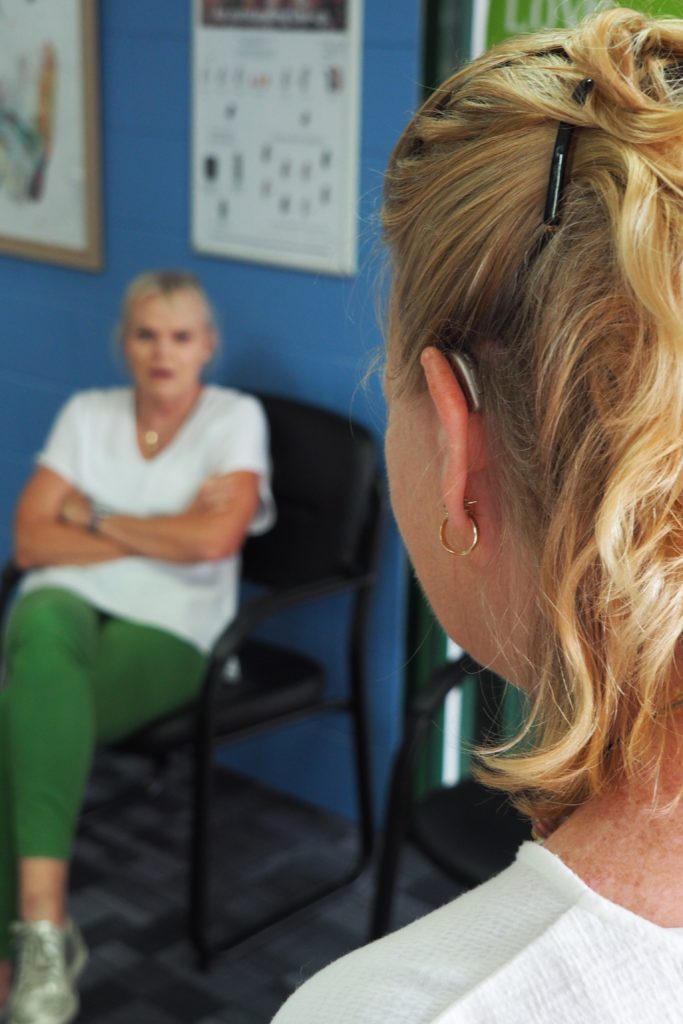
I’m worried about my hearing aid’s health, what should I do?
Have you discovered your hearing aids aren’t working the way they used to? Do you find your hearing aids are whistling and you’re not sure about how to fix this? Why not get in contact with us.
We can offer hearing aid repairs, re-fitting of existing hearing aids and new hearing tests should you require this. Don’t hesitate to get in touch with us for more support.
Conclusion (link to maintaining your hearing aids page)
